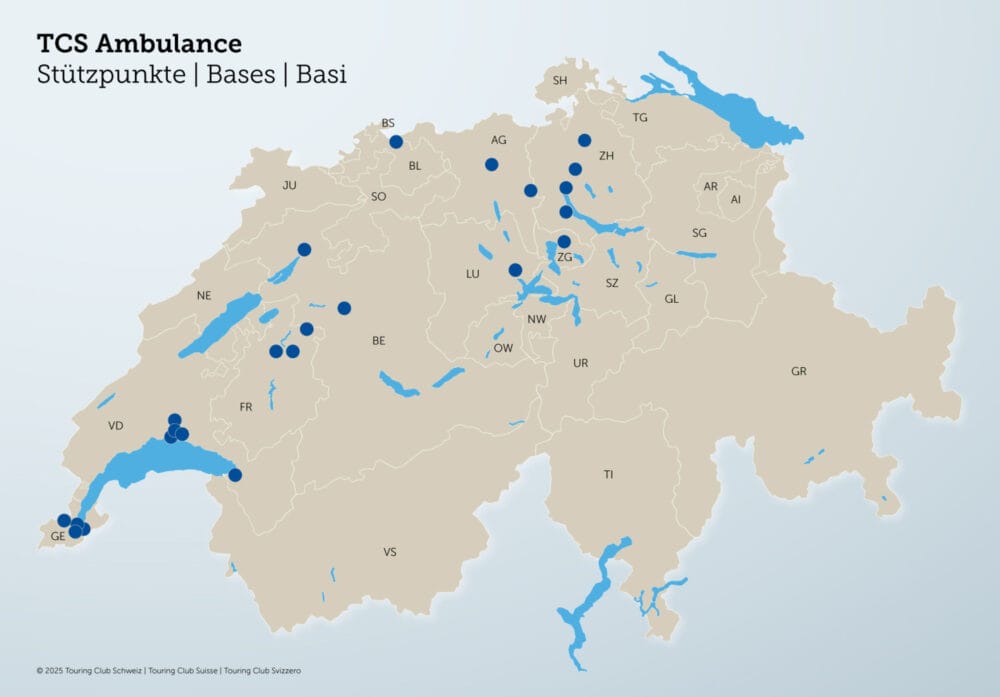Molecular scissors stabilize the cell cytoskeleton
Researchers at the Paul Scherrer Institute PSI in Villigen have for the first time elucidated the structure of important enzymes in human cells that change essential building blocks of the cell cytoskeleton. This reveals the missing part of the cycle that regulates the build-up or breakdown of supporting elements of the cell. The enzymes studied act as molecular scissors and may be involved in the development of various diseases of the nervous system or cancer. Their structural elucidation offers approaches for the development of specific inhibitors and perhaps new therapies. Using the Swiss Light Source SLS, the researchers gained detailed insights into the structure of the enzymes. They have now published their results in the journal Nature Structural & Molecular Biology.

They give human Cells They change their shape, play a decisive role in cell division or help to transport substances through the cell: the so-called microtubule filaments. Their functions are of central importance for life, which is why they are found in all cells of plants, animals and humans. Microtubules can be several micrometers long, which is roughly the thickness of an average human hair.
The tubular structure of the microtubules consists of a regular arrangement of two building blocks, the so-called tubulins (α-tubulin and β-tubulin). In a healthy cell, new microtubules are constantly formed from these building blocks and destroyed again. This process is controlled by numerous mechanisms, including the so-called tubulin-tyrosine cycle. The amino acid tyrosine is either attached to the α-tubulin or cut off from it.
The enzymes that bind tyrosine to α-tubulin have been known for a long time. Without these enzymes, the nerve cells in the brain cannot network properly. However, the enzymes that remove tyrosine from α-tubulin, known as vasohibins, were only identified in 2017.
More info









